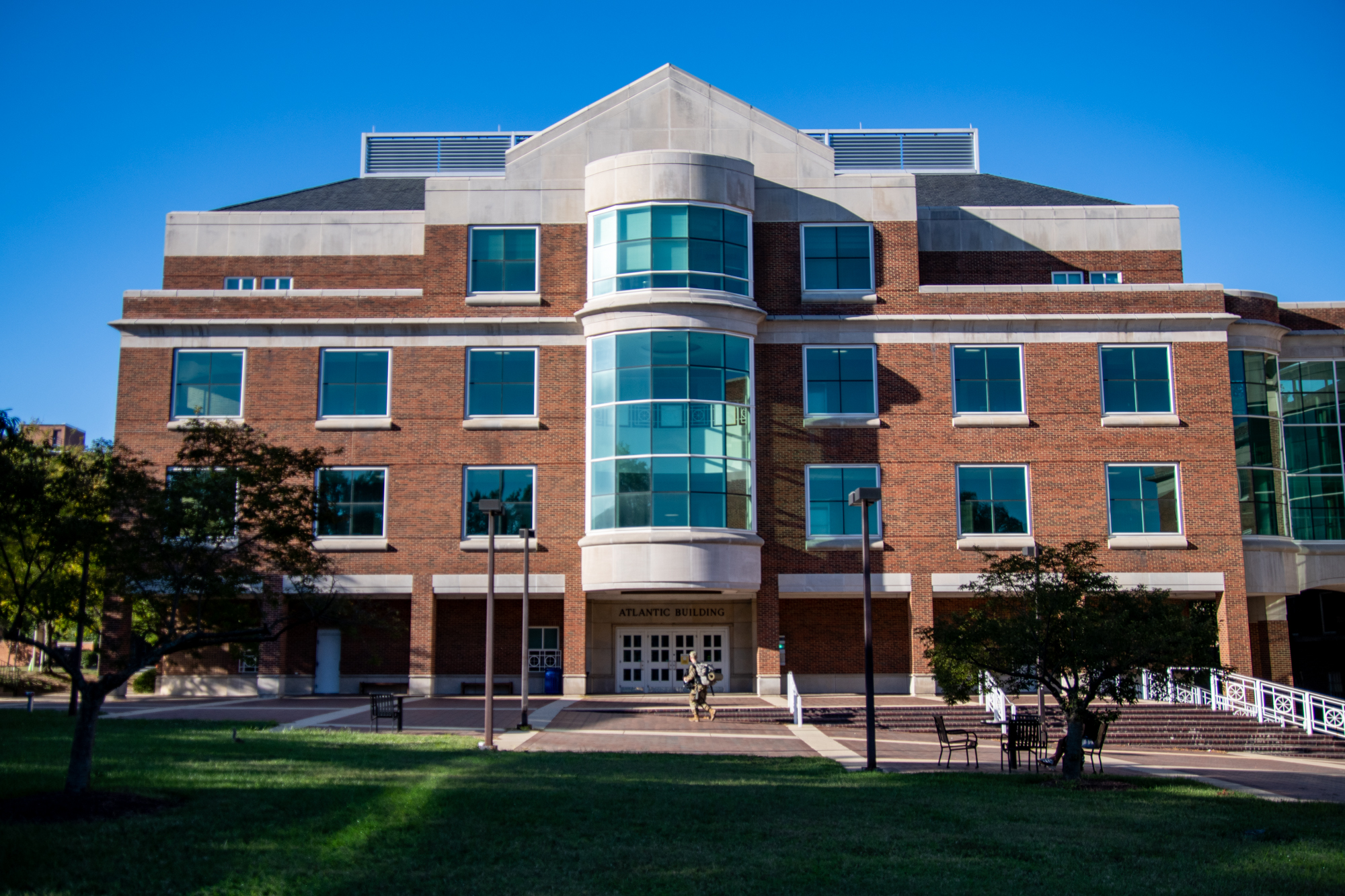Views expressed in opinion columns are the author’s own.
One of the CommonApp essay prompts for the University of Maryland this year asks high school seniors to share the most interesting fact they’ve learned from research. To all the applicants reading this: here are some free facts to write about.
Tuition costs at this university increased by an average of 1.12 percent annually for in-state students and 3.16 percent for out-of-state students in the last half-decade. At the same time, the average rent in College Park has inflated to $2,571, even as new apartments shoot up all over the place. Fees could also soon rise more for on-campus residents.
As student advocates push for a $22 an hour minimum wage for staff here, the university is still applauding itself for raising it to $15. Applicants should also note that the university paid three coaches a total of $5.7 million last year to quit their jobs.
As its essay prompt suggests, the university wants to attract student researchers to stay on the cutting edge of academia. Properly compensating these students should be a priority. They should receive direct tuition relief, class credit and, at the very least, a $22 minimum wage for strengthening this university.
As prices rise nationwide, about $22 an hour has become the minimum living wage in Prince George’s County, according to the Massachusetts Institute of Technology’s wage calculator. Student workers have an added burden of ridiculously inflated tuition bills, which should also be addressed by their jobs.
A higher minimum wage for all university employees is the first step, but the school must exceed this basic expectation if it wants to keep its admission rates low and applicant pools high.
Working in an on-campus lab should qualify students for stipends applied to their tuition bills. These stipends should scale with their tuition price and tenure in the lab. This would encourage student employees to excel in their fields and prepare them for the “real world” of tiered pay raises.
Imagine the relief students could feel when seeing a chunk of their semesterly bill automatically deducted by the university to honor their dedication outside the classroom. It would show them that their department prioritizes their successes as a student.
This financial, and in some ways, emotional relief would also show students that their labor matters. This university already awards four $1,000 scholarships to students who excel in labs, but there are far too few awards across all disciplines. If more students are recognized more, their morale will rise.
Undergraduate programs such as FIRE and Gemstone could provide fertile ground for students to benefit financially from their own research. But some currently see these programs as merely resume-bolstering clubs that hold minimal intrinsic value. As competing universities gut their own research programs, Maryland has a chance to pull ahead.
Areas of the university that embrace proper student compensation will find themselves on the cutting edge. The Do Good Institute in the public policy school is one such effort to take student work seriously, partnering with donors to support policy research endeavors. The institute’s annual report from last year displays the fruits of this partnership, with 34 students receiving space, resources and opportunities to continue their research. Each college at the university should devote resources to creating institutes that provide direct research grants to students.
Also, each lab opportunity should also count for at least three credits towards an applicable major, enabling student researchers to take a lighter course load and spend more time on their work. Lab opportunities, under this model, would yield learning outcomes that benefit students academically and financially.
Currently, obtaining these positions may require little more than searching through a database and sending an email. With the stakes increased, prospective researchers must excel in internship-style application cycles to ensure their qualifications and prepare them for post-graduate job applications. Applications for these positions will be competitive, so they must be rigorous.
Applicants would then view the whole university as a “do good institute” that places their success above all else. If we provide training facilities and offer NIL money to attract athletic talent, why shouldn’t we do the same for academic talent?
Students are already overloaded with coursework and maintaining a job on top of it all can be a nightmare. If the university can relieve students of this burden while providing more opportunities for academic advancement, then that is their responsibility as a college.
Maybe next year’s essay should ask, “What do you want to research, and how can we help you do that?”
Joey Barke is a junior government and politics and journalism major. He can be reached at joey@terpmail.umd.edu



